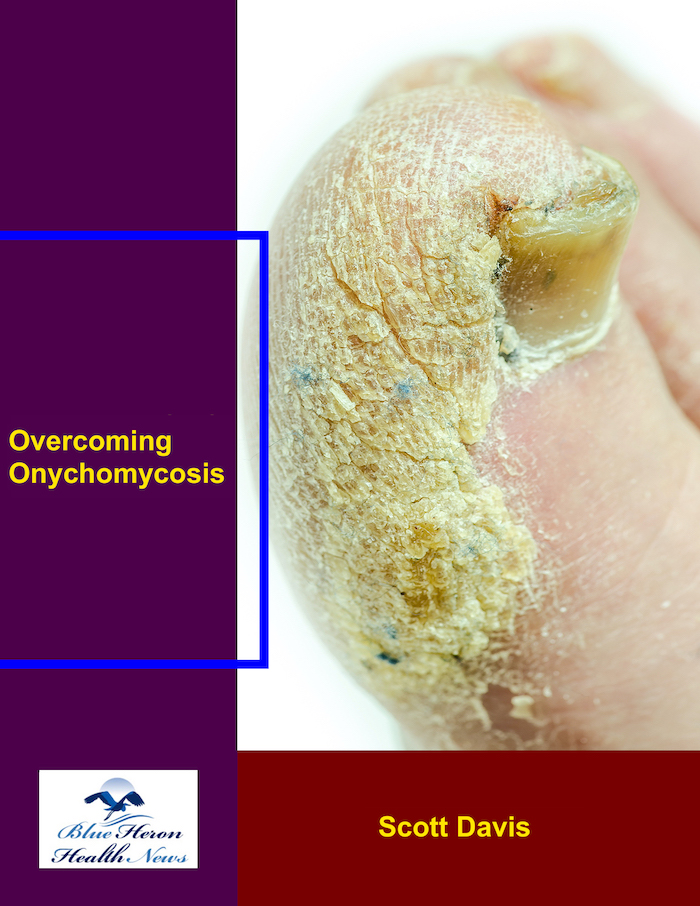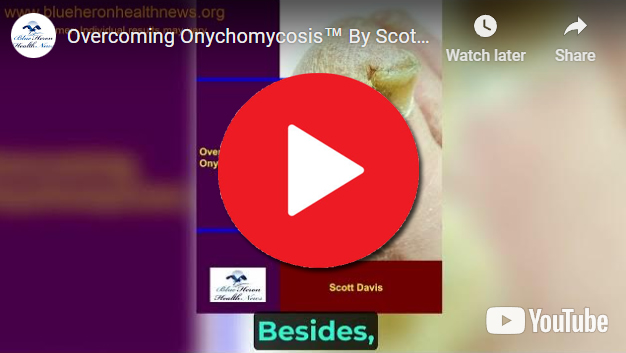
Overcoming Onychomycosis™ By Scott Davis It is a simple, natural, and all-in-one solution for onychomycosis. The program can help you to treat your nail fungus naturally. Once you follow this program, you do not need to spend on expensive treatments to prevent a recurrence. In brief, you can have a proven solution for your chronic nail fungus. Besides, the program is easy to follow, and most users find it effective against onychomycosis.
How can one differentiate between acid reflux and postnasal drip?
Differentiating between acid reflux and post-nasal drip can be tricky because both conditions share similar symptoms, such as throat clearing, coughing, and a sensation of something stuck in the throat. However, there are key features and symptoms that can help distinguish between the two:
1. Symptoms of Acid Reflux (LPR or GERD)
- Heartburn: One of the hallmark symptoms of acid reflux (especially GERD) is heartburn, a burning sensation in the chest, typically after eating or lying down. Although heartburn is not always present with laryngopharyngeal reflux (LPR), it can be a sign of acid reflux.
- Sore Throat and Hoarseness: Acid reflux can cause a chronic sore throat, particularly in the mornings or after eating, and hoarseness due to irritation of the vocal cords.
- Post-Meal Symptoms: Acid reflux often worsens after meals, especially when lying down or bending over. It can also be triggered by certain foods, such as spicy, fatty, or acidic foods, chocolate, caffeine, or alcohol.
- Coughing and Throat Clearing: People with acid reflux may experience a chronic cough or frequent throat clearing, especially at night, as stomach acid irritates the throat and airway.
- Regurgitation or Sour Taste: In some cases, people with acid reflux may experience regurgitation, where acid rises into the throat or mouth, causing a sour or bitter taste. This is more common in GERD but may also occur with LPR.
- Worsening with Lying Down: Lying flat can exacerbate acid reflux symptoms, as it allows stomach acid to flow more easily into the esophagus and up into the throat.
2. Symptoms of Post-Nasal Drip
- Excess Mucus in the Throat: Post-nasal drip refers to the sensation of mucus dripping down the back of the throat, which can lead to throat clearing and coughing to clear the mucus.
- Runny Nose and Nasal Congestion: Post-nasal drip is often associated with a runny nose, nasal congestion, or sinus pressure. It may be caused by colds, allergies, sinus infections, or irritants like smoke or pollution.
- Thick Mucus: The mucus in post-nasal drip tends to be thick and sticky, and people may feel the need to clear their throat often or cough to get rid of it.
- No Sour Taste: Unlike acid reflux, post-nasal drip does not typically cause a sour or bitter taste in the mouth.
- Worsening with Allergies or Sinus Issues: If post-nasal drip is linked to allergies or sinusitis, symptoms may worsen during allergy season or when there’s a sinus infection. This is often accompanied by other allergy or cold symptoms like sneezing, a runny nose, or facial pain.
3. Key Differences
- Cause: Acid reflux is caused by stomach acid rising into the esophagus and throat, while post-nasal drip is caused by mucus draining from the sinuses into the throat due to allergies, infection, or other upper respiratory issues.
- Timing and Triggers:
- Acid reflux is typically worse after meals, when lying down, or when bending over. Certain foods or beverages can trigger or worsen reflux.
- Post-nasal drip is often triggered by sinus issues, allergies, colds, or irritants in the air. It may also worsen in the morning when mucus has accumulated overnight.
- Taste: Acid reflux may cause a sour or bitter taste in the mouth due to acid rising into the throat, whereas post-nasal drip generally does not affect taste in this way.
- Additional Symptoms: Acid reflux can cause symptoms like heartburn and regurgitation, while post-nasal drip is more likely to be associated with nasal congestion, a runny nose, and sinus pressure.
4. Overlapping Symptoms
In some cases, both conditions can occur together, as acid reflux can cause irritation that leads to increased mucus production in the throat, which then results in post-nasal drip-like symptoms. This can create confusion, as the symptoms of acid reflux-induced post-nasal drip can mimic those of sinus issues.
5. Diagnostic Tools
- Physical Examination: A doctor may examine the throat to check for signs of irritation, swelling, or redness that could suggest acid reflux (especially in the larynx).
- Endoscopy: An endoscopy can help identify damage from acid reflux in the esophagus and throat, or rule out other causes like a sinus infection.
- Nasal Swab or Imaging: For post-nasal drip, a doctor may perform tests like a nasal swab or sinus imaging (CT scan) to check for sinus infections, allergies, or other conditions.
Conclusion:
The primary difference between acid reflux and post-nasal drip lies in their underlying causes: acid reflux is caused by stomach acid irritating the throat and esophagus, while post-nasal drip involves mucus from the sinuses draining down the back of the throat. By considering the timing of symptoms, associated conditions (such as heartburn, nasal congestion, or sinus issues), and any other signs (like sour taste or thick mucus), you can better differentiate between the two. If you’re unsure, a healthcare provider can help with diagnosis and recommend appropriate treatments.
Overcoming Onychomycosis™ By Scott Davis It is a simple, natural, and all-in-one solution for onychomycosis. The program can help you to treat your nail fungus naturally. Once you follow this program, you do not need to spend on expensive treatments to prevent a recurrence. In brief, you can have a proven solution for your chronic nail fungus. Besides, the program is easy to follow, and most users find it effective against onychomycosis.
